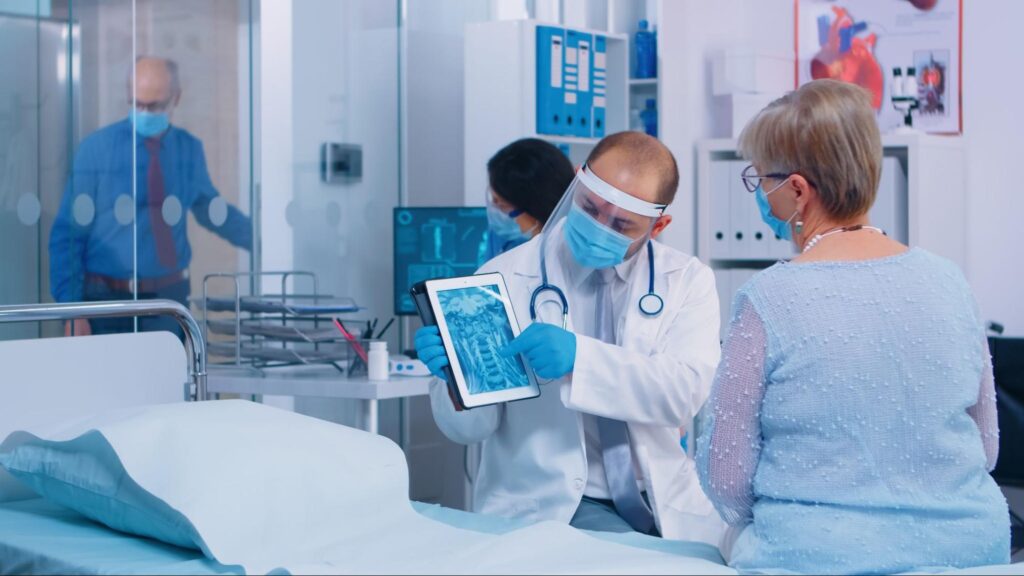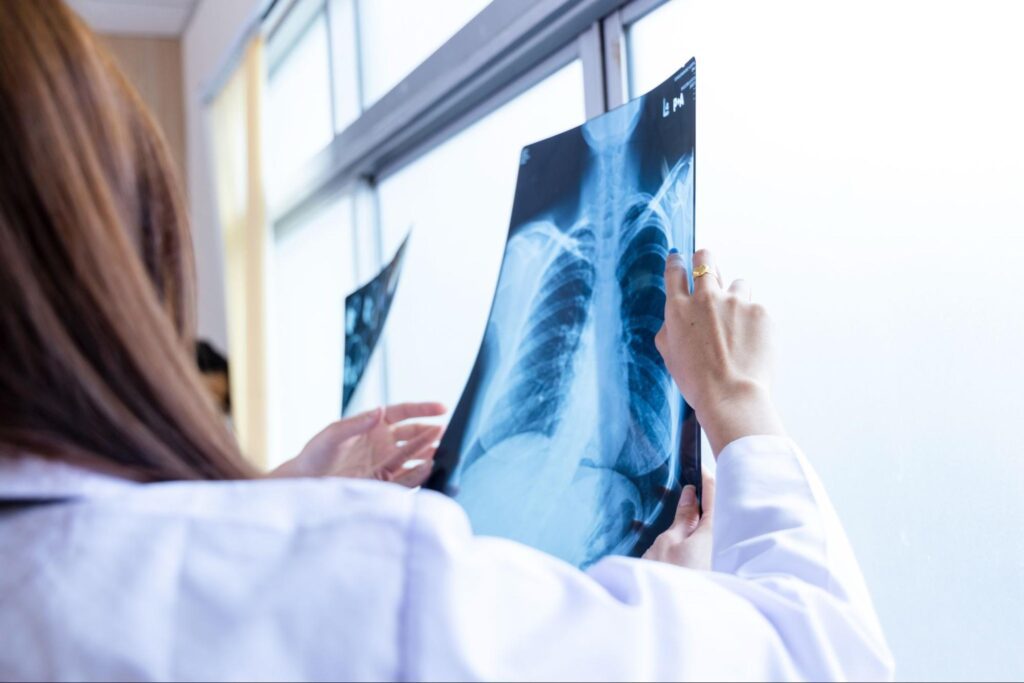Advances in Radiographic Technology and Patient Safety
Radiographic technology, an indispensable tool in medical diagnostics, has evolved tremendously over the years. This evolution has been driven by the need for accurate diagnostic tools that ensure patient safety. Today, the advancements in this field are not only enhancing the quality of medical imaging but are also playing a crucial role in minimizing risks associated with radiographic procedures. This blog aims to explore the recent technological advancements in radiography and their impact on patient safety. From the historical context to the latest innovations, we will delve into how these changes are shaping the future of patient care in radiology.
Historical Perspective
Recent Technological Advancements in Radiology
Impact on Patient Safety
Case Studies and Real-World Applications
Future Trends and Research in Radiology

Patient-Centered Innovations in Radiography
Environmental Impact and Sustainability in Radiographic Technology
Learn More About the Importance of Radiology Today
The advances in radiographic technology over the years have been pivotal in enhancing patient safety in medical imaging. By continually reducing radiation exposure and improving diagnostic accuracy, these technological strides have significantly elevated the standard of care in radiology. As we look to the future, it’s clear that ongoing innovation and research will continue to drive improvements in this field, promising even safer and more effective radiographic practices. The commitment to advancing patient safety through technology is a testament to the ever-evolving nature of medical science and its dedication to patient care.
Check out our Clinica Familiar Amistad blog today to learn more about our professional health services in Mesquite, TX.



